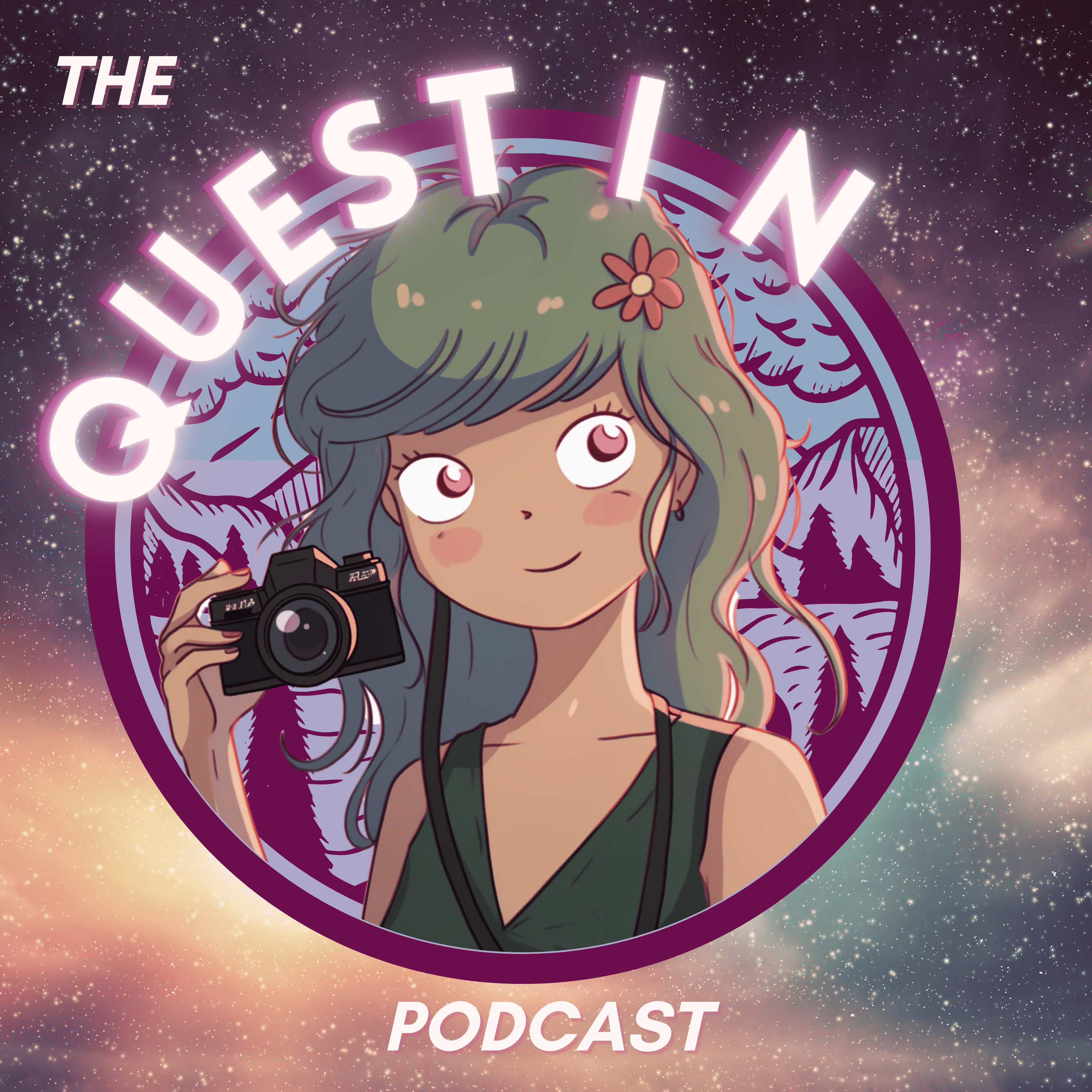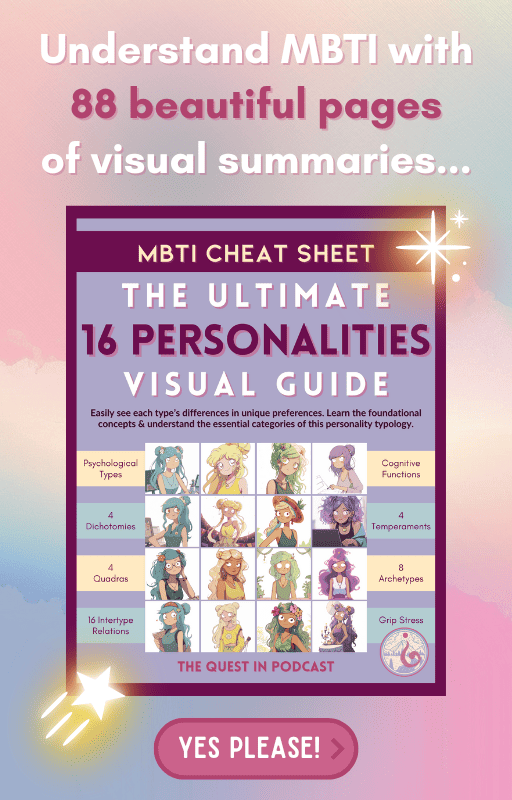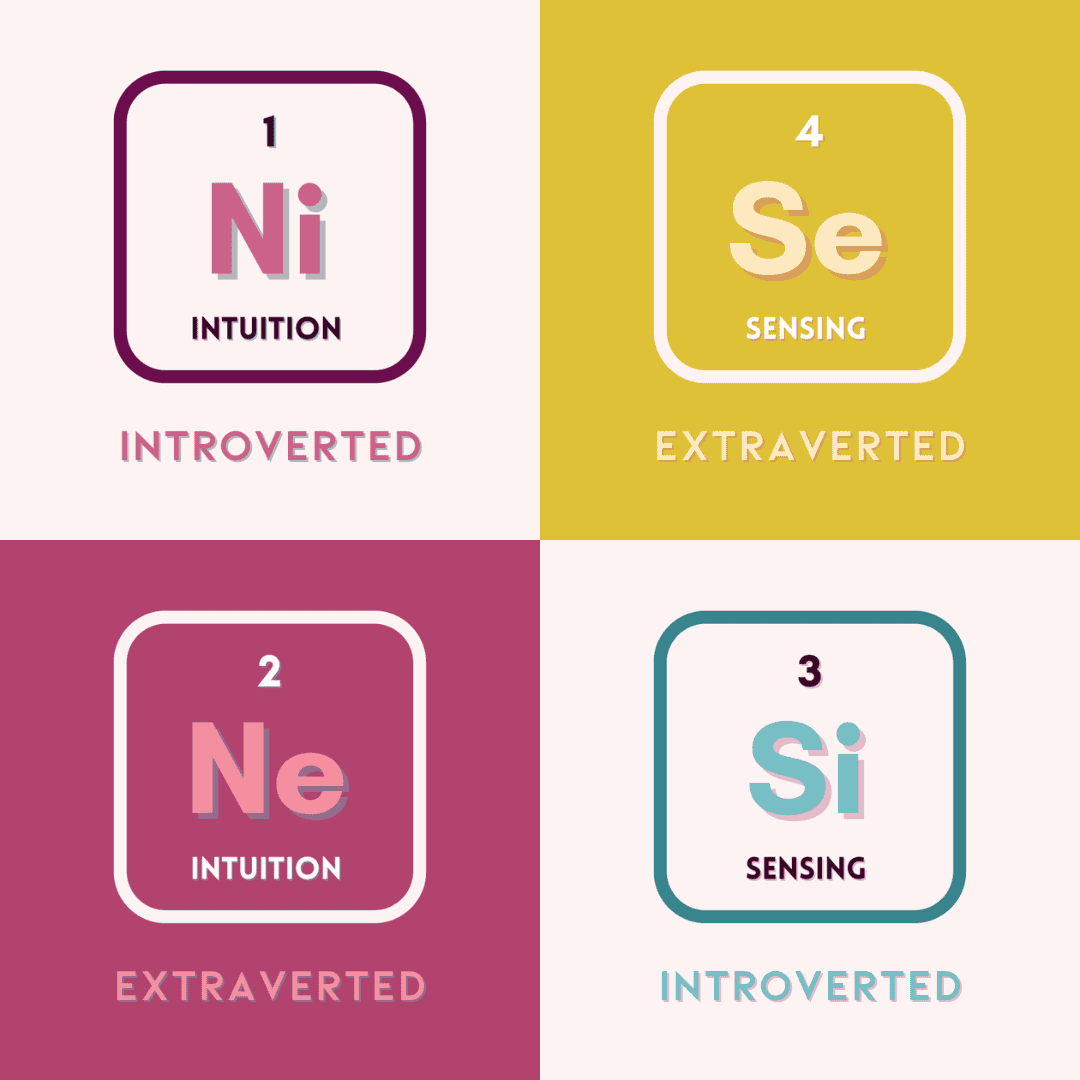
16 Personality Compatibility (MBTI Relationship Chart)
How to Use MBTI for 16 Personalities Compatibility?
Myers Briggs Type Indicator is a fun tool for understanding relationship compatibility between the 16 personality types. The personality type framework is based on cognitive functions that explain how different personality types interact. These personality compatibility charts can help you understand compatible personality types for relationship success.
Here are some of my most popular compatibility chart articles for a few MBTI personality types.
- What Are INFJs Attracted To? (Simple INFJ Compatibility Chart with Each of 16 Types)
- ENTP Compatibility: MBTI Chart for Best Match Relationships in Dating
- INTJ Compatibility Chart of INTJ Relationships
- INFP Compatibility Chart of INFP Romantic Relationships
- ENFJ Compatibility Chart of ENFJ Relationships
I will eventually have one MBTI compatibility chart article for each type, but I have yet to write all of them. Use my contact form to let me know your article requests!

What is the Myers Briggs Type Indicator (MBTI)?
MBTI is a popular personality assessment tool. It is based on the theory of cognitive functions first published by Carl Gustav Jung in his 1921 Psychological Types book. In the following decades, the mother-daughter duo Isabel Briggs Myers and Katharine Cook Briggs developed a system of 16 distinct personality types and created a type code to represent each personality type. The type code uses four-letter dichotomies to represent which are a type’s top two preferred cognitive functions.
Here are 3 articles you could learn more about the MBTI framework if you would like.
- What Exactly is the Myers-Briggs Type Indicator? (MBTI)
- How Do Cognitive Functions Relate to MBTI?
- How to Learn MBTI: The 3 Best Ways to Master this Typology
Insights from Myers Briggs Personality Types for a Successful Relationship
MBTI offers a lot of perspective to evaluate whether or not a couple is a good match, a compatible match, or a mismatched pair. Of course, a healthy relationship relies on additional factors such as emotional maturity, attraction, and aligned values. However, Myers Briggs personality types explain differences in decision-making and information processing in a very insightful way to analyze personality type compatibility.

Let’s explore the four dichotomies that Myers Briggs personality types are represented by in their four-letter type code. These contrasting dichotomies can help a person evaluate if they want a partner who relates to them closely or who differs in a certain sense.
Personality Traits 1: Introversion versus Extraversion (I vs E)
The introversion-extraversion scale depends on the preference for desired stimulation. Introverts tend to desire a lower level of stimulation, while extroverts typically have a higher craving for more stimulation. Jung explained the concept of introversion as turning inwards and focusing on one’s personal experience within. While extraversion looks outward and interacts with the external world more intensely.
Sometimes, opposites attract while other times people are highly compatible with a matching partner. Both like and contrasting matches have different strengths and either can make for exciting partners depending on personal preferences.

Personality Traits 2: Sensing versus Intuition (S vs N)
Predicted successful romantic compatibility has more importance in this dichotomy of sensing versus intuition, which represents preferred information processing. Sensing types understand the world primarily through tangible information such as facts, memories, and details. Intuitive personality types perceive information more readily in the form of ideas, abstract concepts, and theoretical frameworks.
Matched preference in perception aids communication as sensing types relay information differently than intuitive types. Sensors enjoy sharing real-world stories and descriptions, while intuitives prefer deep discussions communicating a general idea and overarching themes of observation.
Again, personality type compatibility has shown the best rates of success when two personality types MATCH in their perception preference. You can read more about such statistics in this book.
Personality Traits 3: Feeling versus Thinking (F vs T)
Feelers make decisions based on an ethical basis, while thinkers make decisions based on a logical approach. Differences in communication tend to cause some misunderstandings when two personality types differ in this dichotomy. However, many contrasting couples report being highly compatible even if they differ in decision-making preferences.
A thinking partner tends to appreciate the warmth and expression of emotions from their feeling counterpart, while feelers enjoy the logical perspective their thinker brings. In such cases, opposites attract beautifully and make a good match for romantic compatibility.

Matching personalities are often very compatible and have similar preferences for expressing their emotions and close connections. I find a more important distinction to understand in which decision-making functions a personality type uses. I have observed that personality types interact more easily and effortlessly when another personality type matches certain cognitive functions, but that depends on how important those preferences are to a person.
Personality types either operate on the Fe-Ti axis or the Fi-Te axis. You can learn more about cognitive functions through other articles on my site, as linked above.
Personality Traits 4: Judging versus Perceiving (J vs P)
Judging and perception in Myers Briggs Personality Types indicates how a personality type orients itself toward the external world. Do they primarily use their judging (decision-making) function or perceiving (intaking information) function to interact with the world?
In this last of the four dichotomies, one can make a relationship work with a match or with a contrast. Two judging types will prefer definitive plans, while two perceiving types will enjoy procrastinated decisions with a desire to accumulate more information first instead. Sometimes two perceivers might be too wishy-washy for stability, while two judgers might clash with strong preferences for how and when decisions are made.
In my marriage, we are one of each and feel highly compatible as we balance one another. As the judger, I move plans in life with a more forward approach while my perceiver husband always finds the best possible options with his more extensive research. He chills us out when I add a bit more pressure to the fruition of our ideas. We have excellent communication and understanding through our shared decision-making functions with a nice degree of chemistry from our differing perceiving functions.
Conclusion on MBTI Personality Type Compatibility
The 16 personality types framework offers depth in analyzing human beings and can be a very useful tool for understanding compatibility with other personality types. However, the caveat is that other factors can play more importance in finding a perfect match partner. Things like attraction, maturity, and alignment make two people compatible. Communication, love languages, and other preferences tend to also contribute to compatibility.

Relationship success is hard to predict on personality type alone, but the four scales in MBTI can help to explain why a match works out well. In my opinion, the real key to understanding compatibility is preferences for cognitive functions.
If you would like to learn further, please read about the 16 Socionics Intertype Relations as they are based on attraction and compatibility of how two personality types interact as a result of matching or differing cognitive functions.






